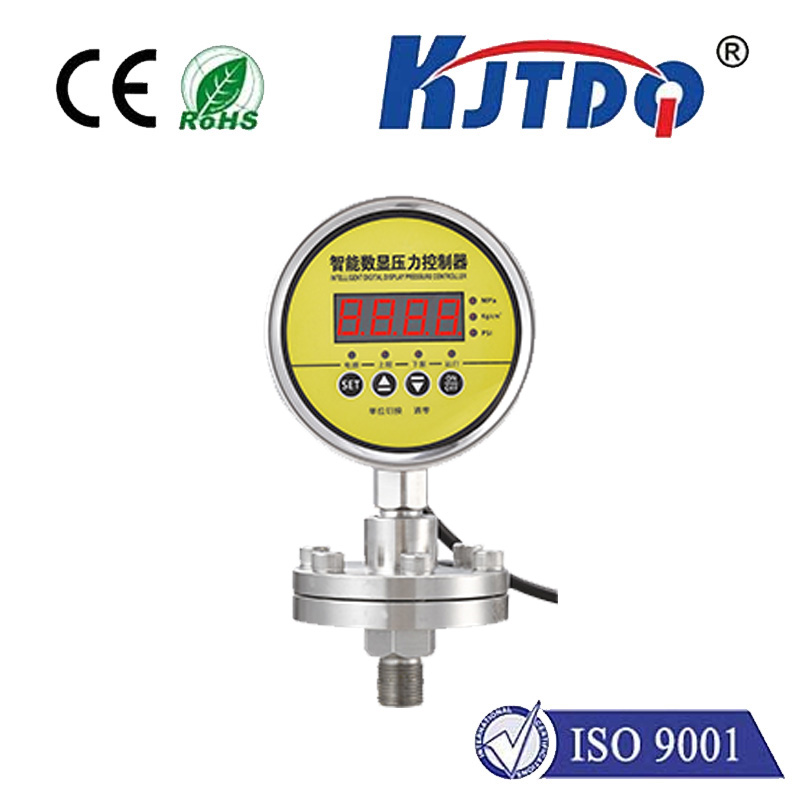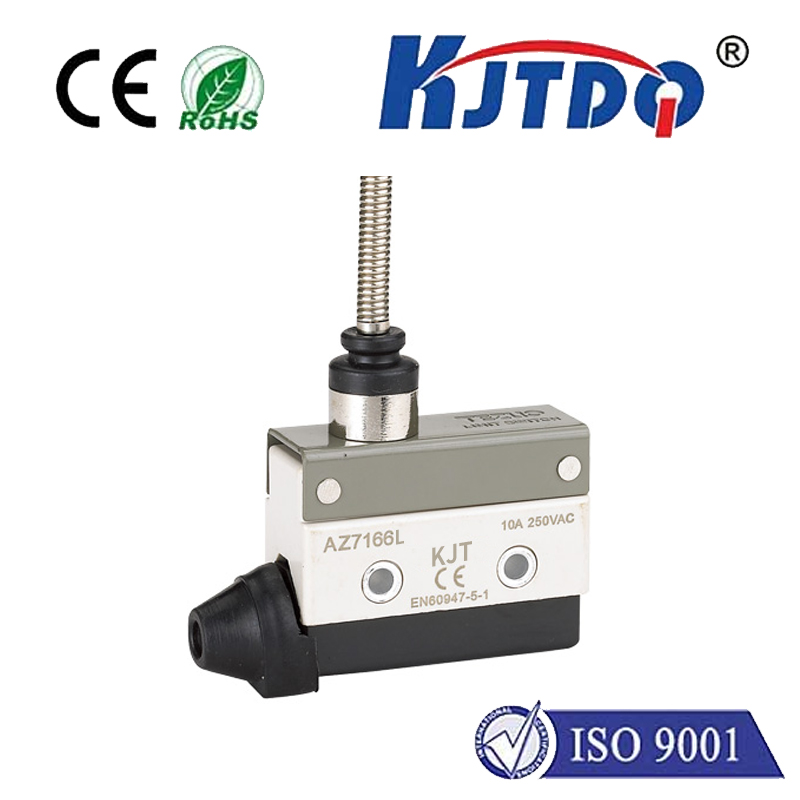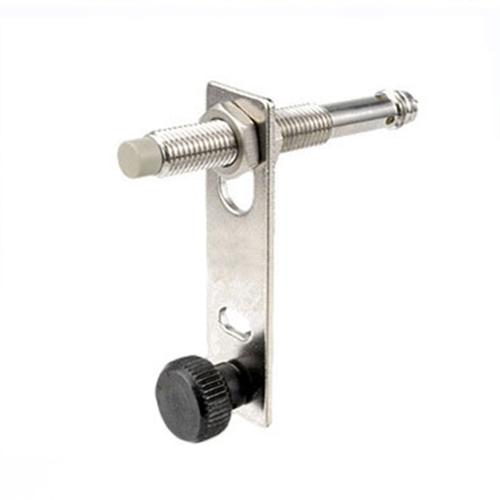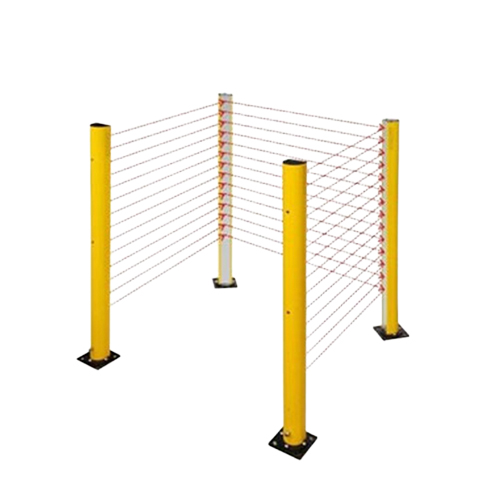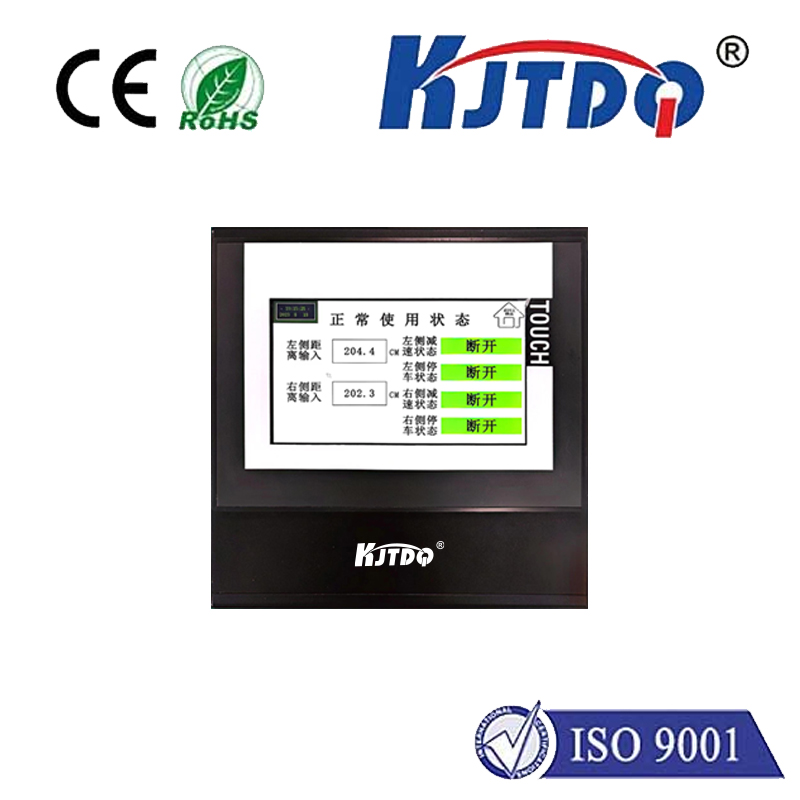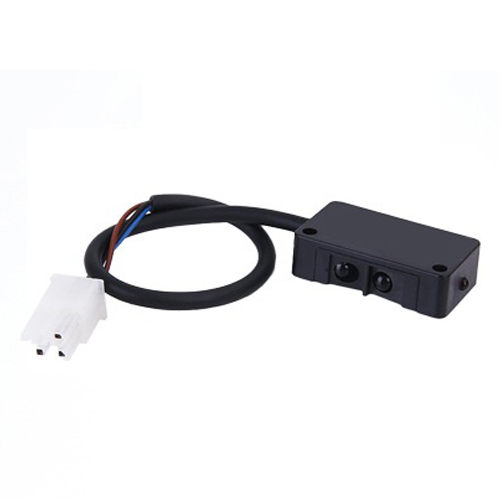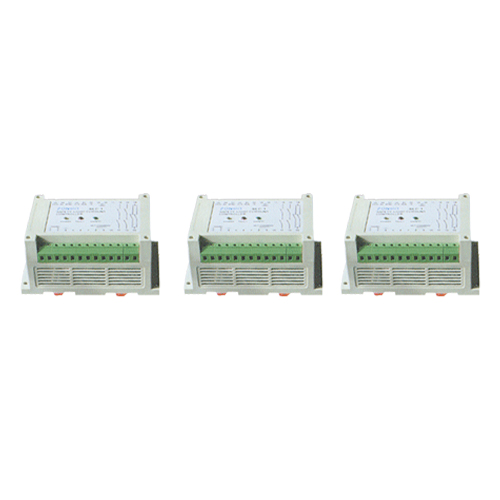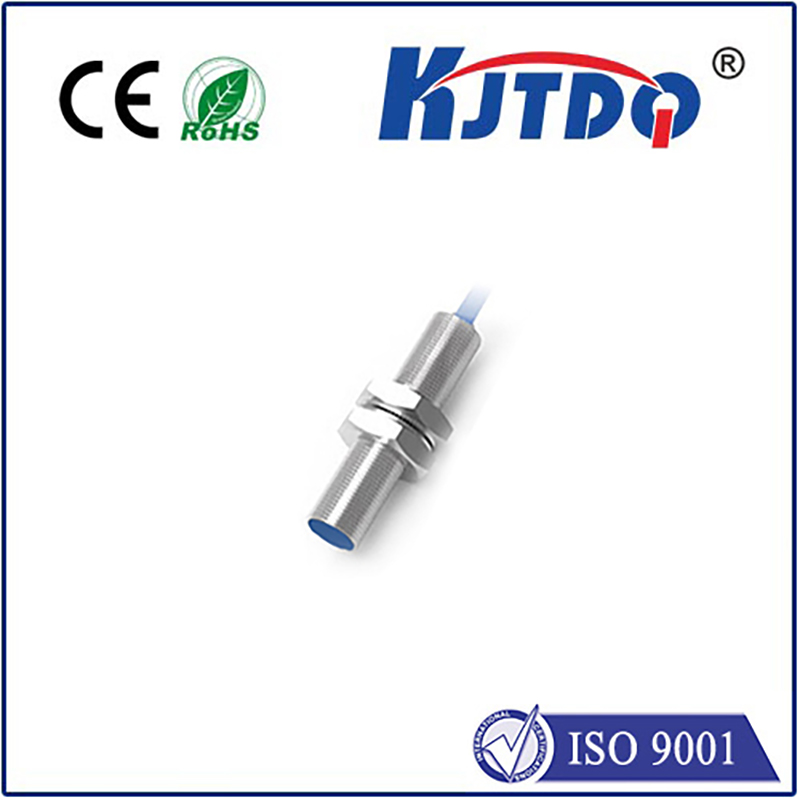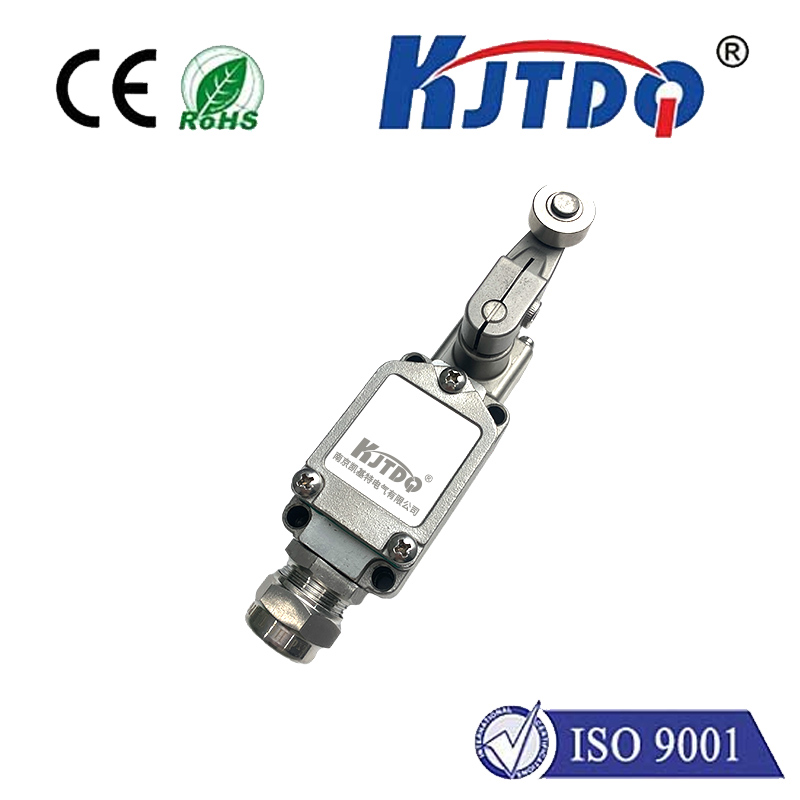

check

check

check

check
Imagine a world where machines perceive their surroundings with millimeter-level accuracy, navigating complex environments, ensuring safety, and optimizing processes in real-time. This isn’t science fiction; it’s the reality powered by 2D laser distance sensors. These sophisticated devices are the invisible eyes of modern automation, robotics, and countless industrial applications, providing crucial spatial data that drives efficiency and innovation. Understanding how they work and where they excel is key to harnessing their transformative potential.
At its core, a 2D laser distance sensor is a non-contact measurement device. It emits a laser beam, typically in the invisible infrared spectrum for safety and reliability. This beam is rapidly fanned out into a single plane, often via a rotating mirror or diffractive optical element, creating a scanning line. The sensor then meticulously measures the time it takes for the laser light to travel to an object within this plane and reflect back – a method known as Time-of-Flight (ToF). Some sensors employ triangulation, particularly for shorter, high-accuracy ranges. By calculating this distance thousands of times per second across the entire scanning angle (commonly 180°, 270°, or 360°), the sensor builds a precise, real-time two-dimensional profile or “slice” of its environment.

This scanning plane generates a dense array of individual distance points, forming what’s often called a point cloud. Each point represents a measured distance at a specific angle within the scan. It’s this continuous stream of accurate, high-resolution spatial data that makes 2D laser sensors invaluable. Key technical parameters define their performance:
So, where does this remarkable capability find application? The versatility of 2D laser sensors is astounding:
Why choose a 2D laser distance sensor over alternative technologies like ultrasonic sensors, basic proximity sensors, or even cameras?
Looking ahead, the evolution of 2D laser scanning technology continues. We see trends towards even higher resolution and accuracy, particularly at longer ranges. Miniaturization makes sensors suitable for smaller robots and devices. Integration with 3D vision systems (combining multiple 2D scans or using dedicated 3D sensors) is becoming more common for complete spatial awareness. Enhanced onboard processing allows for smarter sensors that can perform basic object recognition or filtering directly at the edge. Furthermore, the drive for cost reduction is making this powerful technology accessible for a broader range of applications.
In essence, 2D laser distance sensors are fundamental building blocks of the automated and intelligent world. Their ability to deliver fast, accurate, and reliable spatial data across a plane makes them indispensable for tasks ranging from ensuring the safe navigation of a hospital delivery robot to guaranteeing the precise dimensions of a manufactured part. As technology advances, their impact across industries will only deepen, continuing to unlock new levels of precision, safety, and efficiency.
